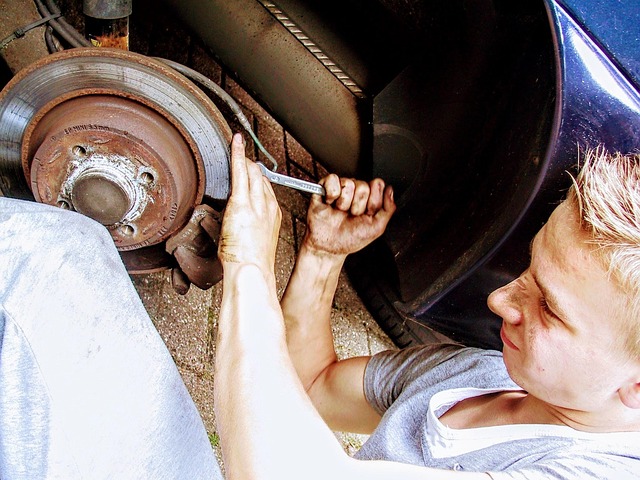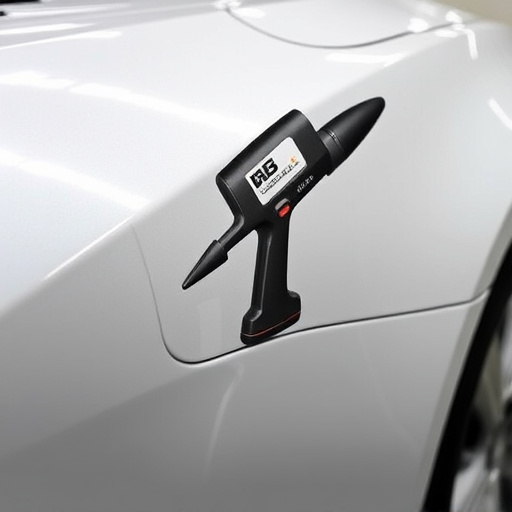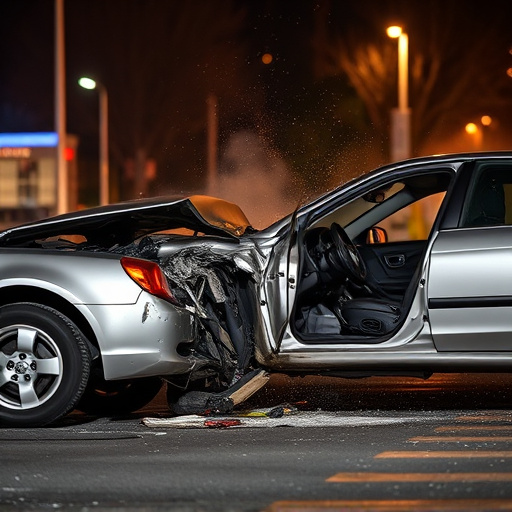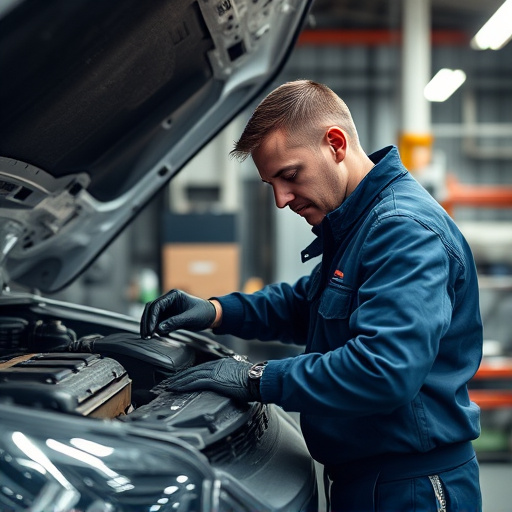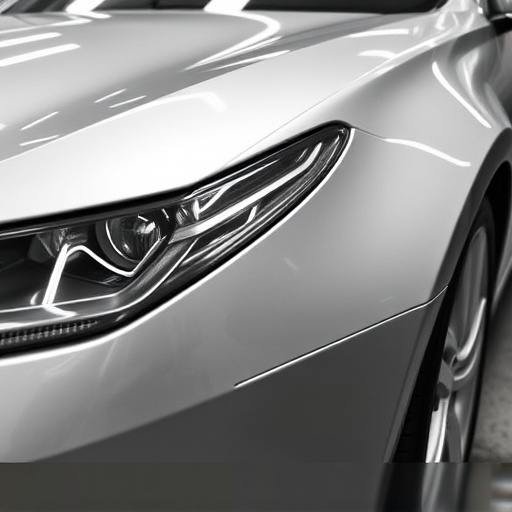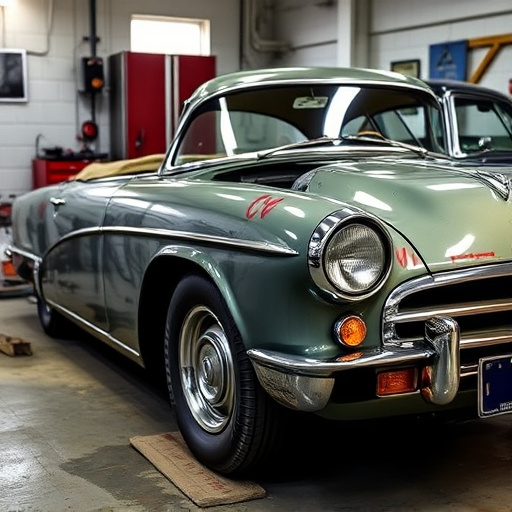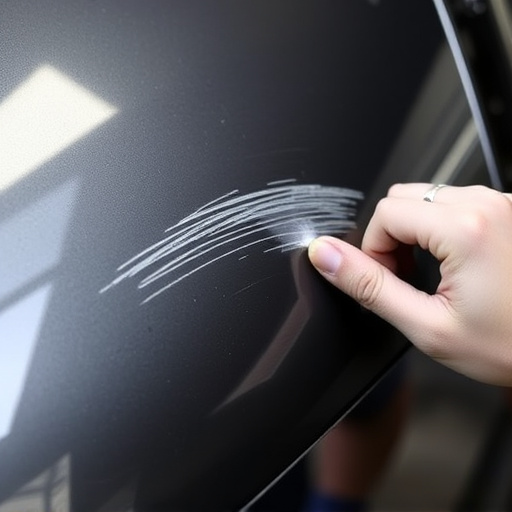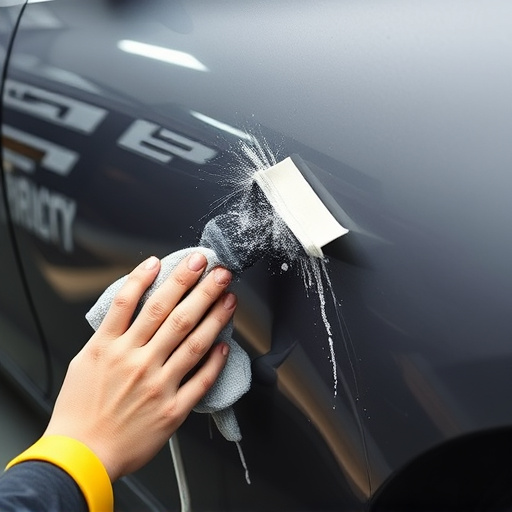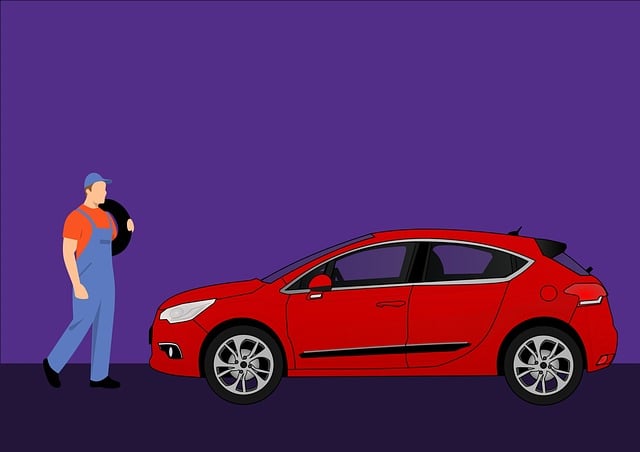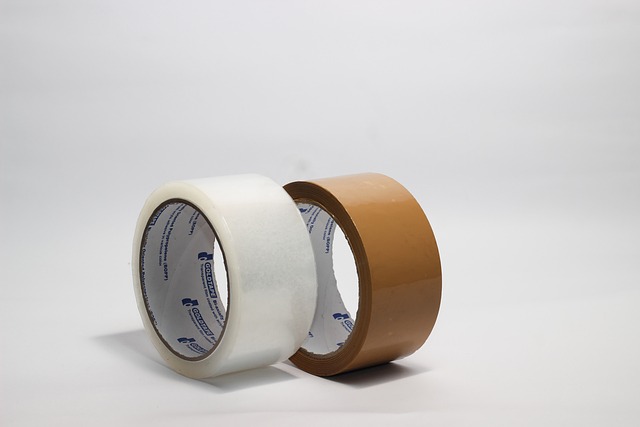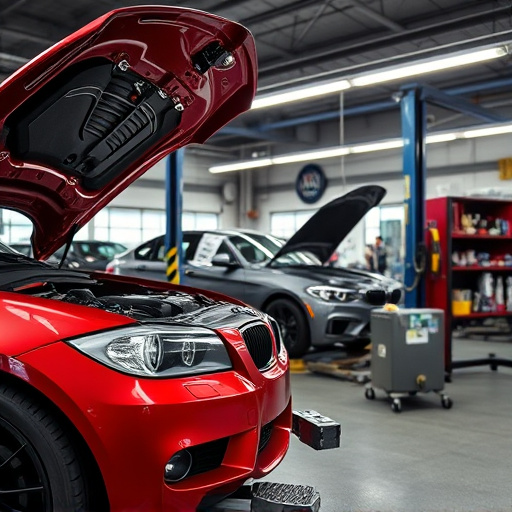Mastering vehicle color code systems is essential for precise repairs and restorations, ensuring vehicles maintain their original finish and aesthetics. Manufacturers use specific codes for consistent shade and pigment across models, accessible through official resources. Auto body shops utilize these codes and color samples to match finishes perfectly, vital for owner satisfaction, safety, and resale value. Advanced tools like spectrophotometers enhance this process.
Looking to perfect your vehicle color matching skills? This guide is your compass. We’ll navigate you through understanding vital automotive color codes, from deciphering paint samples to ensuring standardization across models. Then, we’ll equip you with prep tips for optimal results, from surface cleanliness to lighting conditions.
Learn advanced techniques, from leveraging technology like color scanners to the precise art of mixing paints. Discover tricks to validate matched hues on diverse vehicle areas and overcome weather-related challenges. Master these steps, and achieving flawless vehicle color matching will be within your grasp.
- Understanding Vehicle Color Codes and Standards
- – The importance of color codes in vehicle manufacturing
- – How to interpret paint code and color samples
Understanding Vehicle Color Codes and Standards
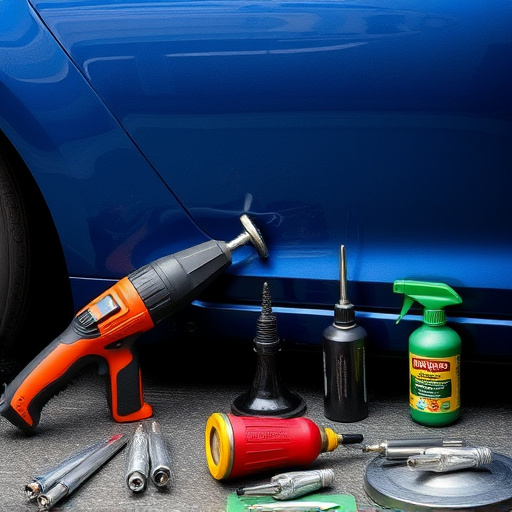
Understanding the color code system is a fundamental step in achieving precise vehicle color matching during repairs or restorations. Each vehicle manufacturer follows specific standards and guidelines for assigning unique color codes to their cars. These codes represent not just the shade but also the exact pigment and dye used, ensuring consistency across different production runs. By familiarizing yourself with these standards—often accessible through official resources or specialized databases—you gain a crucial advantage in matching colors accurately.
When engaging in auto frame repair, bodywork, or car restoration projects, knowing the vehicle color code ensures you source the exact match needed. This precision is vital for maintaining the integrity of the original finish, especially during detailed work like panel replacement or repainting. The right color code will enable you to blend seamlessly with the existing surface, leaving no trace of repair or alteration.
– The importance of color codes in vehicle manufacturing
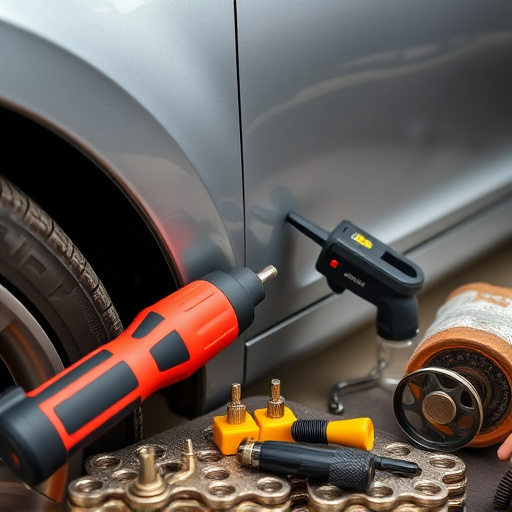
In the intricate world of vehicle manufacturing, color codes play a pivotal role in ensuring precision and consistency throughout the production process. Each car model has specific color codes assigned to it, detailing the exact shade and tone required for its exterior paint. This meticulous system is vital for maintaining vehicle aesthetics and overall quality control. When a car undergoes repairs or refinishing at an automotive body shop, these color codes become essential guidelines. Auto collision centers rely on them to match the original factory finish perfectly, ensuring the restored vehicle looks as good as new.
By referencing these codes, auto repair services can access precise color formulas, allowing for accurate replication of the vehicle’s original color. This is particularly crucial in the event of damage or discoloration, where restoring the vehicle to its former aesthetic glory becomes a top priority. The use of correct color codes and matching techniques is an art that contributes significantly to the overall satisfaction and safety of vehicle owners, ensuring their cars not only look great but also maintain their resale value.
– How to interpret paint code and color samples
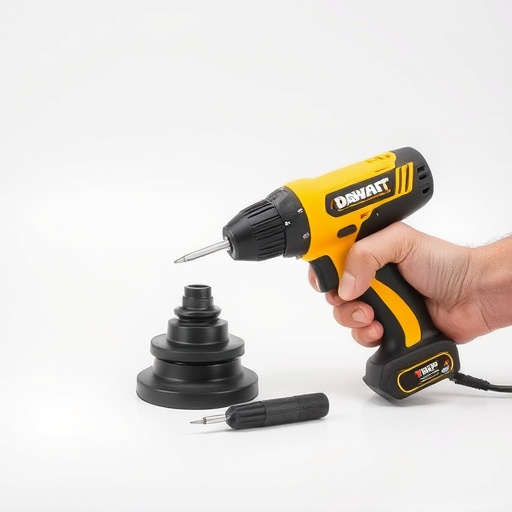
Interpreting paint codes and color samples is a crucial step in achieving precise vehicle color matching. Each car manufacturer assigns a unique code to their paint colors, which can be found in the vehicle’s owner manual or on the door jamb. These codes are essential references when selecting the right shade for repairs or custom painting. By cross-referencing these codes with color samples, you gain a visual understanding of the exact hue and tonal variations.
At a car body shop, professionals often use advanced tools to analyze paint colors, ensuring an exact match. This process involves comparing the damaged vehicle’s existing paint with new samples or swatches. With the help of technology, such as spectrophotometers, which measure light reflected from the surface, they can identify even subtle differences in color formulations. This meticulous approach guarantees that repairs blend seamlessly, preserving the vehicle’s original appearance and enhancing its overall aesthetics.
By understanding vehicle color codes and standards, you can significantly improve your vehicle color matching experience. Interpreting paint codes and comparing with color samples ensures precise matches, enhancing the overall aesthetic of your repair or customization project. Mastering these tips allows you to achieve professional results, making your vehicle stand out with a flawless finish.
